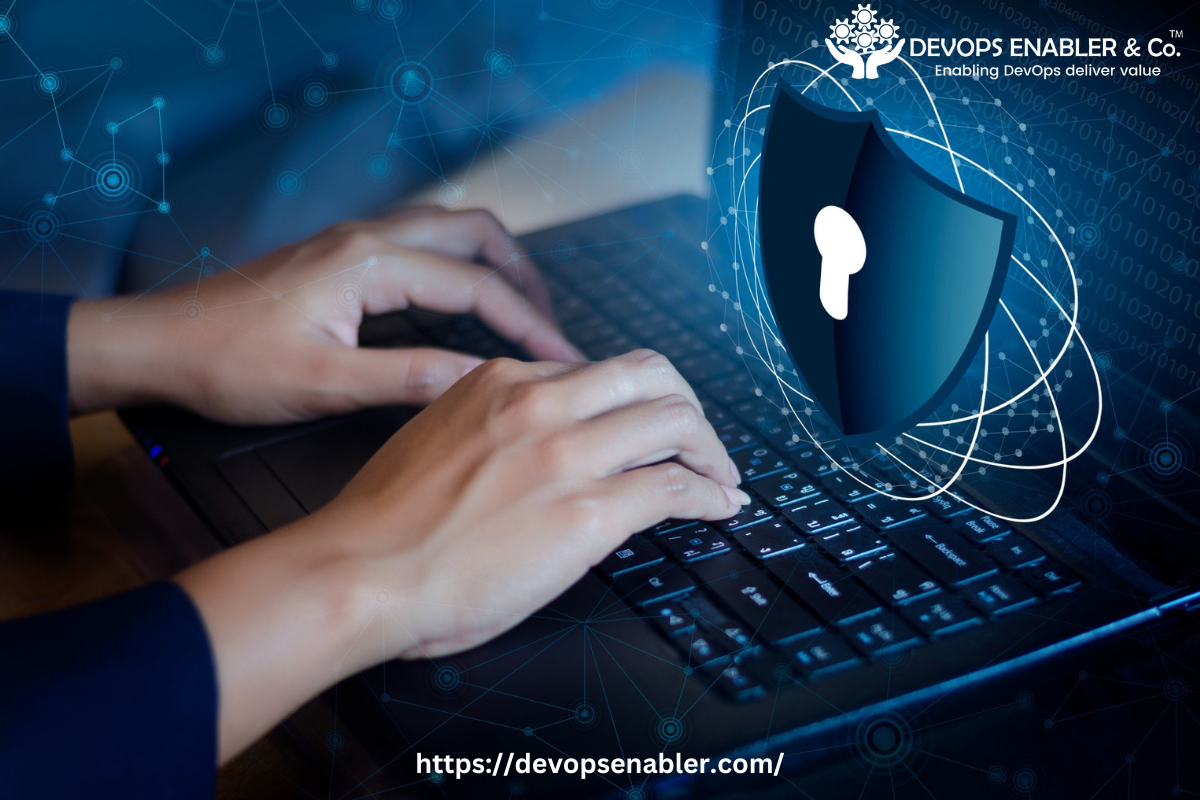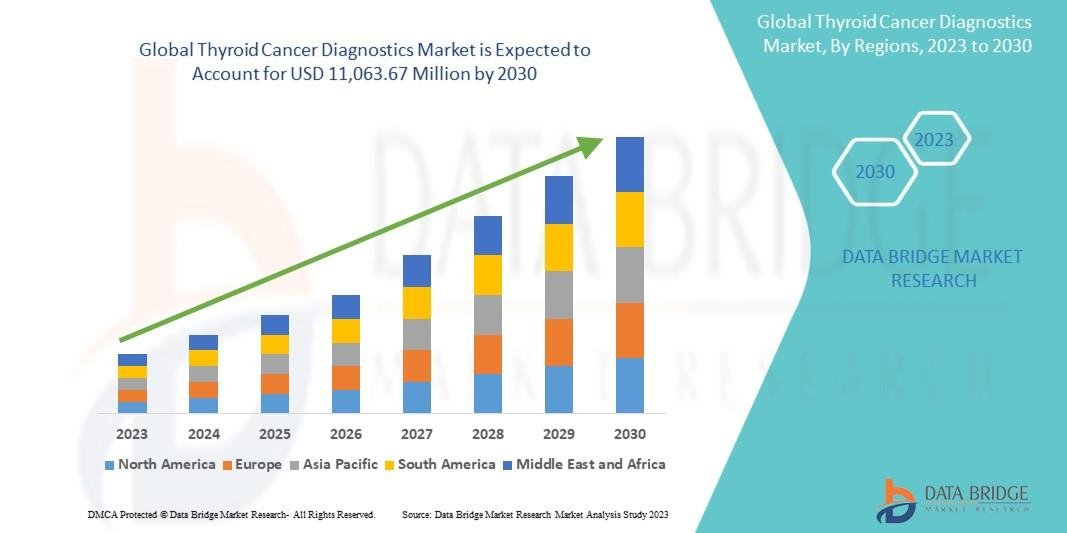The paradigm shift towards DevSecOps heralds a new era where security is not an afterthought but an integral part of the development process. At the forefront of this evolution is the concept of Security-as-Code, providing a pragmatic and proactive approach to fortifying digital landscapes. By seamlessly embedding security throughout the Software Development Life Cycle (SDLC), this methodology empowers organizations to automate and consistently apply security controls, a critical necessity in an era where the use of infrastructure as code is accelerating at an unprecedented pace.
The Foundation: Predefined Security Policies
Central to the success of Security-as-Code are predefined security policies. These policies serve as proactive guardians, boosting efficiency and ensuring that automated processes undergo rigorous checks. This preemptive measure is crucial in preventing misconfigurations, the breeding ground for exploitable security flaws. In an era where cyber threats are constantly evolving, a solid foundation of predefined security policies becomes the bedrock of a resilient software ecosystem.
Francois Raynaud's Insight: Bridging the Gap for Collaborative Security
Francois Raynaud, the founder and managing director of DevSecCon, underscores the essence of Security-as-Code as a tool for making security more transparent. He emphasizes the need for security practitioners and developers to speak the same language. Understanding how developers work becomes a cornerstone for building security controls into the SDLC. Rather than hindering development, these controls are designed to accelerate it, fostering a collaborative approach where security is not a barrier but an enabler.
Empowering Developers: A Paradigm Shift in Secure Coding
Developers, long aspiring to create secure code, have often found themselves lacking the necessary tools and practices. Security-as-Code marks a paradigm shift by seamlessly integrating security into the DevOps workflow. Developers are now empowered to identify and resolve security flaws early in the development process. This shift not only enhances efficiency but also ensures that vulnerabilities are addressed before they become opportunities for exploitation.
Get in Contact with Our Experts: https://devopsenabler.com/contact-us
Prioritizing Six Security-as-Code Capabilities:
To fully harness the potential of Security-as-Code, organizations should prioritize six key capabilities:
1. Automate: Embed security scans and tests, such as static analysis, container scanning, and fuzz testing, within the development pipeline. Consistency across all projects and environments is vital for a robust security posture.
2. Build: Establish an immediate feedback loop by presenting security results to developers during coding. This real-time interaction fosters a culture of continuous learning and immediate issue resolution, reinforcing security best practices.
3. Evaluate: Monitor and evaluate automated security policies by integrating checks into the development process. Ensure that sensitive data and secrets are not inadvertently exposed, preventing potential security breaches.
4. Standardize: Standardize exception-handling processes. Automate simple remediations and approvals for more complex issues, ensuring a consistent and efficient response to vulnerabilities.
5. Test: Integrate security testing into the SDLC at every code change. Continuous testing is indispensable for identifying and addressing security flaws early, minimizing the risk of vulnerabilities.
6. Monitor: Implement robust monitoring mechanisms to track vulnerabilities and their remediation progress. Tools like GitLab’s Security Dashboard and Compliance Dashboard enhance visibility, simplifying efforts in managing security incidents.
The Journey to a Well-Oiled DevSecOps Machine:
Armed with these six best practices, development teams embark on a transformative journey toward becoming a well-oiled DevSecOps machine. The collaboration between security and development, facilitated by Security-as-Code, not only fortifies software against threats but also propels development processes to new heights. In this intricate dance of security and development, Security-as-Code emerges as the smart solution, providing a proactive defense within the complexity of modern software endeavors.
The integration of Security-as-Code into DevSecOps is not just a best practice; it's a strategic imperative. As organizations embrace this paradigm shift, they not only fortify their digital assets but also revolutionize the way security and development collaborate, ensuring a secure, agile, and efficient future.
Contact Information:
· Phone: 080-28473200 / +91 8880 38 18 58
· Email: sales@devopsenabler.com
· Address: #100, Varanasi Main Road, Bangalore 560036.






